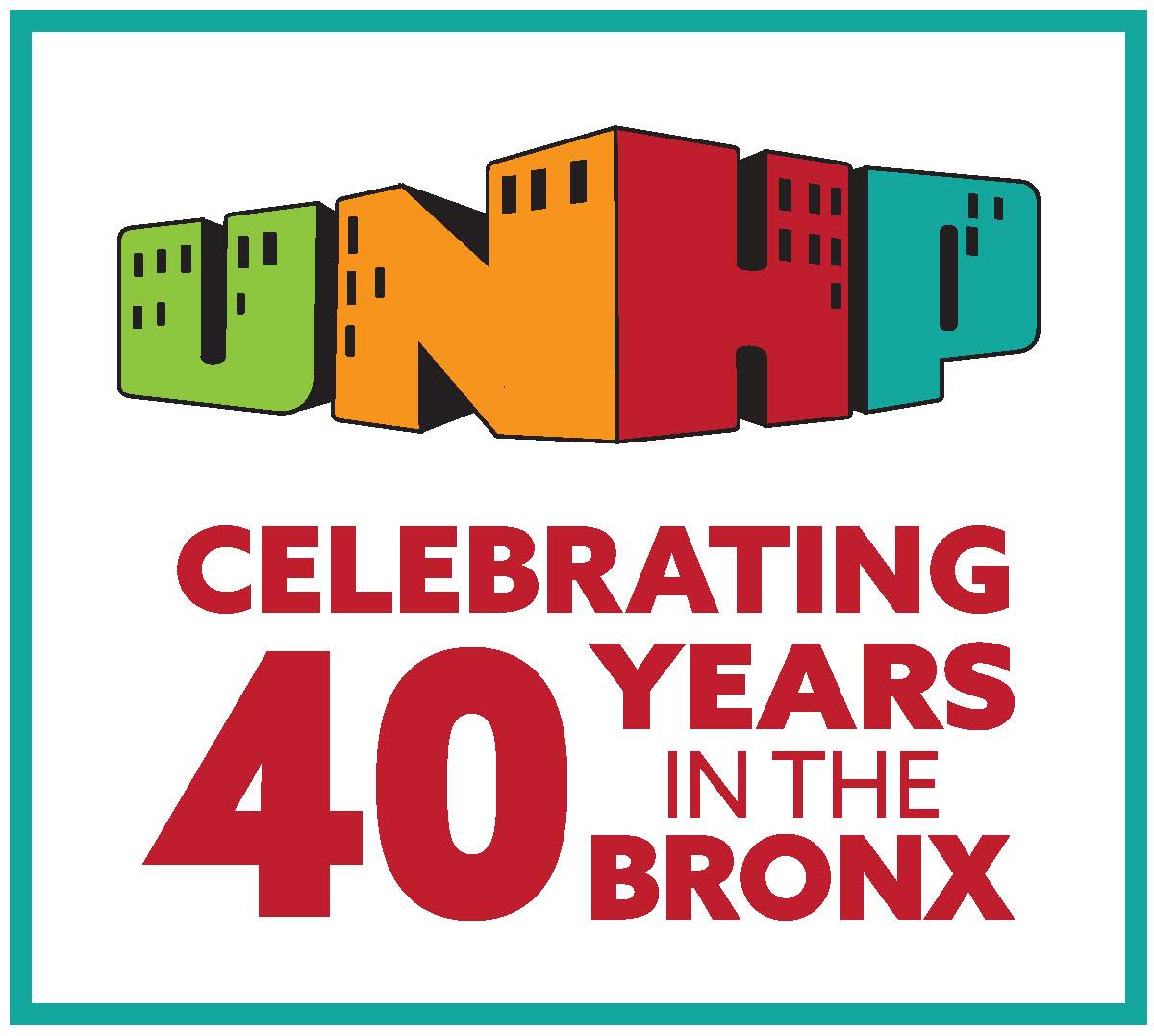The Bronx housing stock is facing increased scrutiny now that a nonprofit housing group in the Northwest Bronx is tracking violations, notifying lenders when conditions in a building change and helping to organize inspections. The goal is to help insulate renters from the harmful effects of a possible housing bubble.
Working with lenders and city and community organizations, the University Neighborhood Housing Program (UNHP) devised a protocol last November under the banner of the Multifamily Assistance Center urging lenders to be more aggressive about making sure landlords keep up with maintenance and services.
The Federal National Mortgage Association (Fannie Mae) and the Community Preservation Corporation, among others, have collaborated with UNHP on the center.
Using public records posted on the Department of Finance’s Automated City Register Information System, ACRIS, Web site and input from community groups, UNHP has developed a database called the Building Indicator Project (BIP) containing over 2,500 buildings. It helps the organization monitor and grade buildings according to code violations.
UNHP has been warning for several years that while sales prices of apartment buildings with more than six units have shot up, the revenue-generating capacity of those buildings has stayed flat because of rent controls and other factors. UNHP is concerned that landlords are borrowing so much money that they will cut back on services and repairs.
The average price per unit of multifamily housing in the Bronx continued its upward climb in 2005, according to figures provided by the UNHP, though not at the brisk pace of the preceding four years. Between 2001 and 2004, per-unit prices doubled from about $35,000 to about $70,000, but the pace slowed last year, ending 2005 at about $75,000. In 1996, the average price was $8,234 in 2005 dollars, meaning prices have grown by over 800 percent in the past decade.
A May 2005 report by the New York City Rent Guidelines Board found that between 2002 and 2003, the cost-to-income ratio of rent-stabilized property across the city increased by 3.5 percentage points, which means property owners are already spending more of every dollar they take in on their buildings.
In the first three months of 2005, the latest period for which figures are available, the percentage of buildings in the BIP database with high violations scores increased by nearly 4 percentage points. During the same period, UNHP added 58 new buildings to the database. In other words, the number of high violations scores grew from 90 out of 2,495, or 3.6 percent, to 184 out of 2,553, or 7.2 percent, in three months.
UNHP has accompanied bank representatives on inspections of buildings with high numbers of violations, though the banks are also free to inspect buildings on their own based on information from the Multifamily Assistance Center. The protocol is designed to expose the worst offenders and perhaps force foreclosure proceedings.
“Nobody wants to foreclose, and we don’t want them to either,” said UNHP Deputy Director Greg Jost. “But how do you put pressure on them?”
